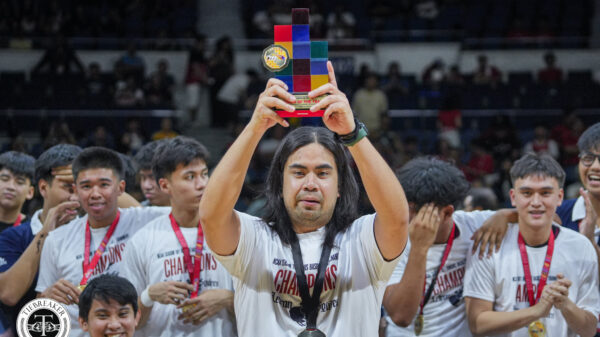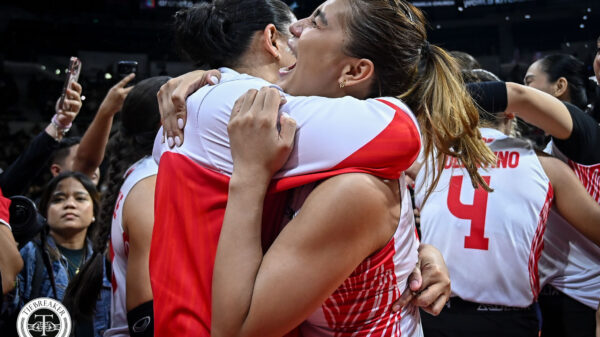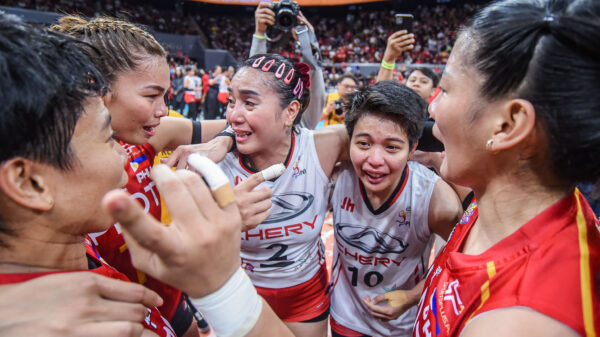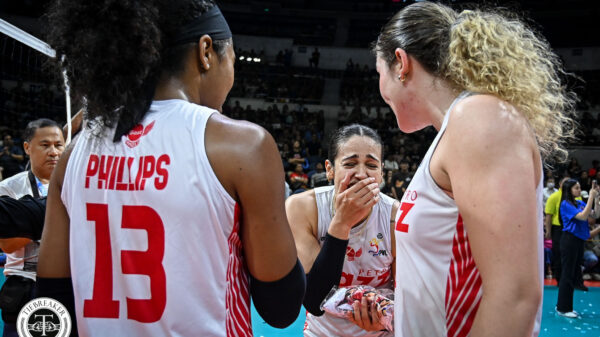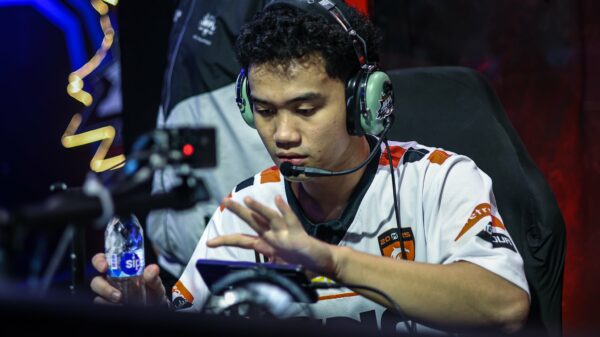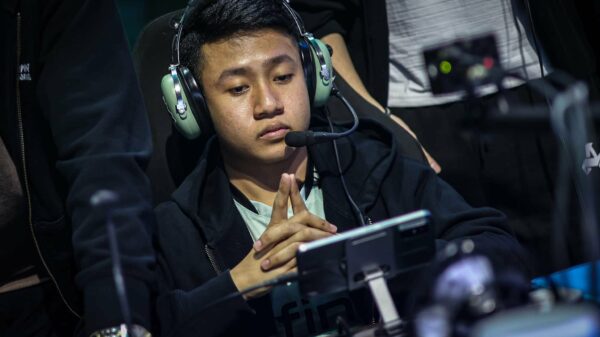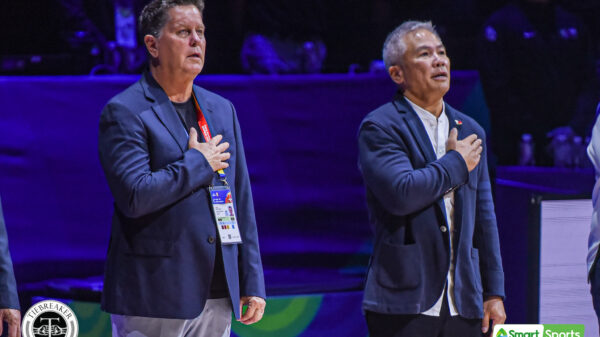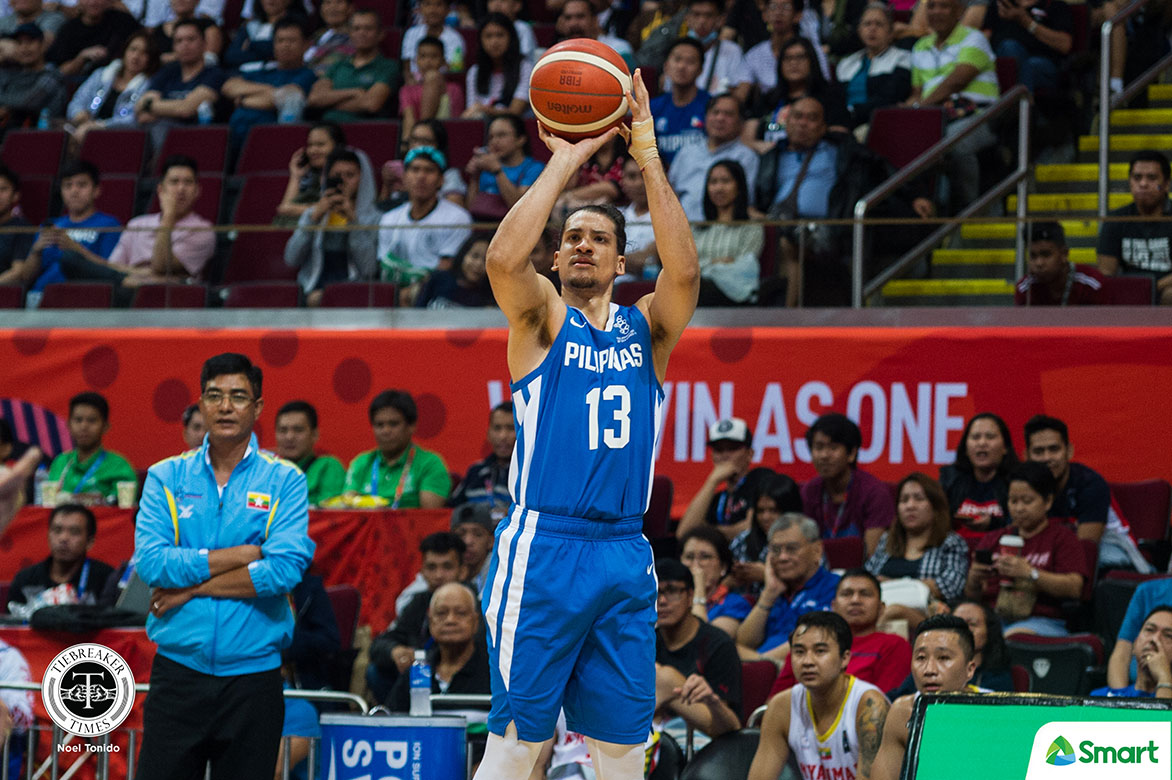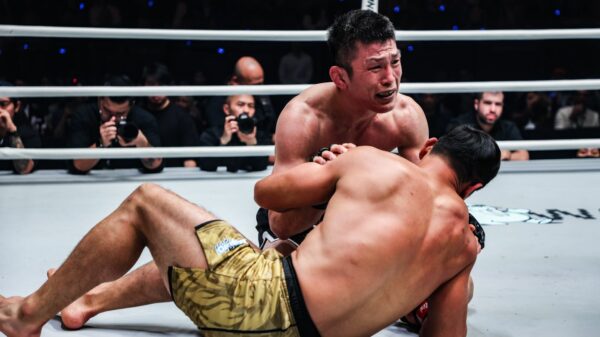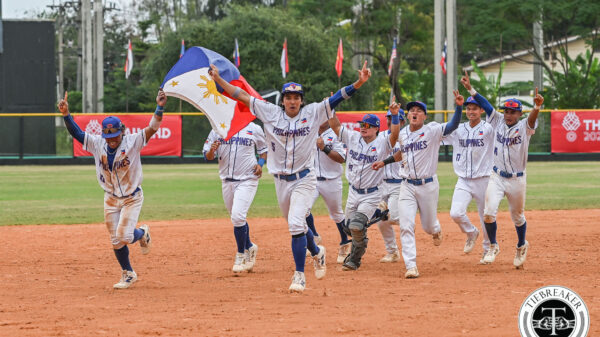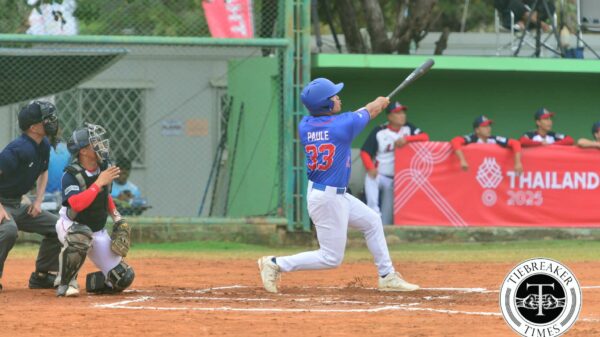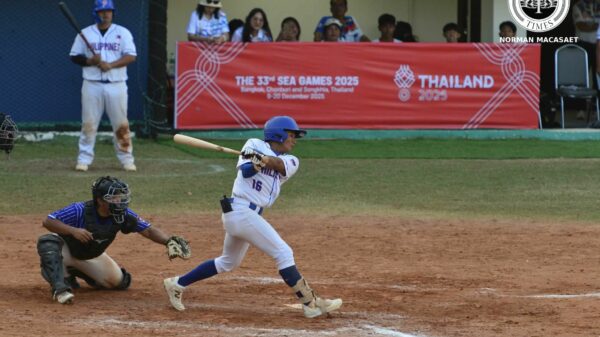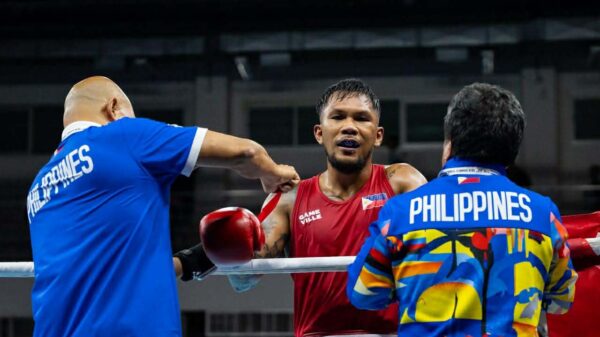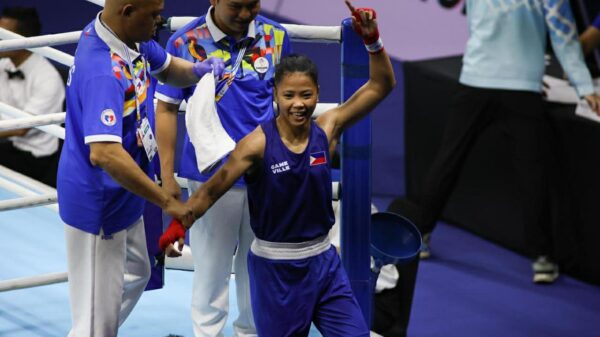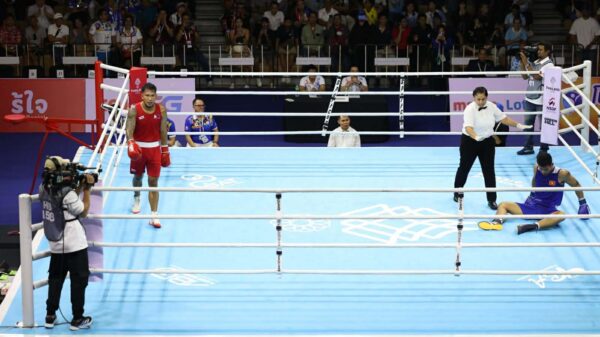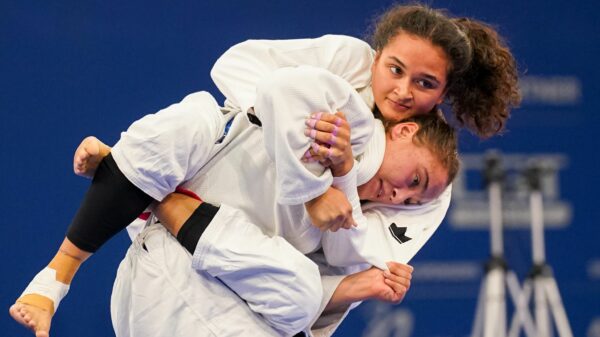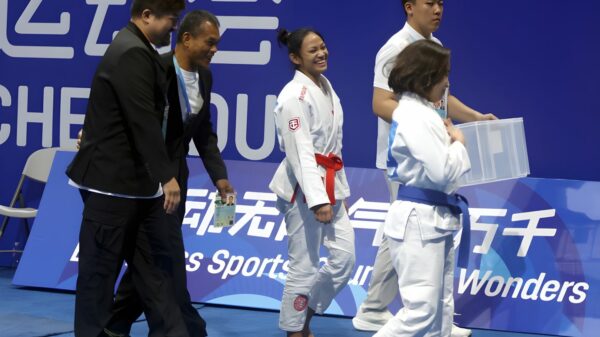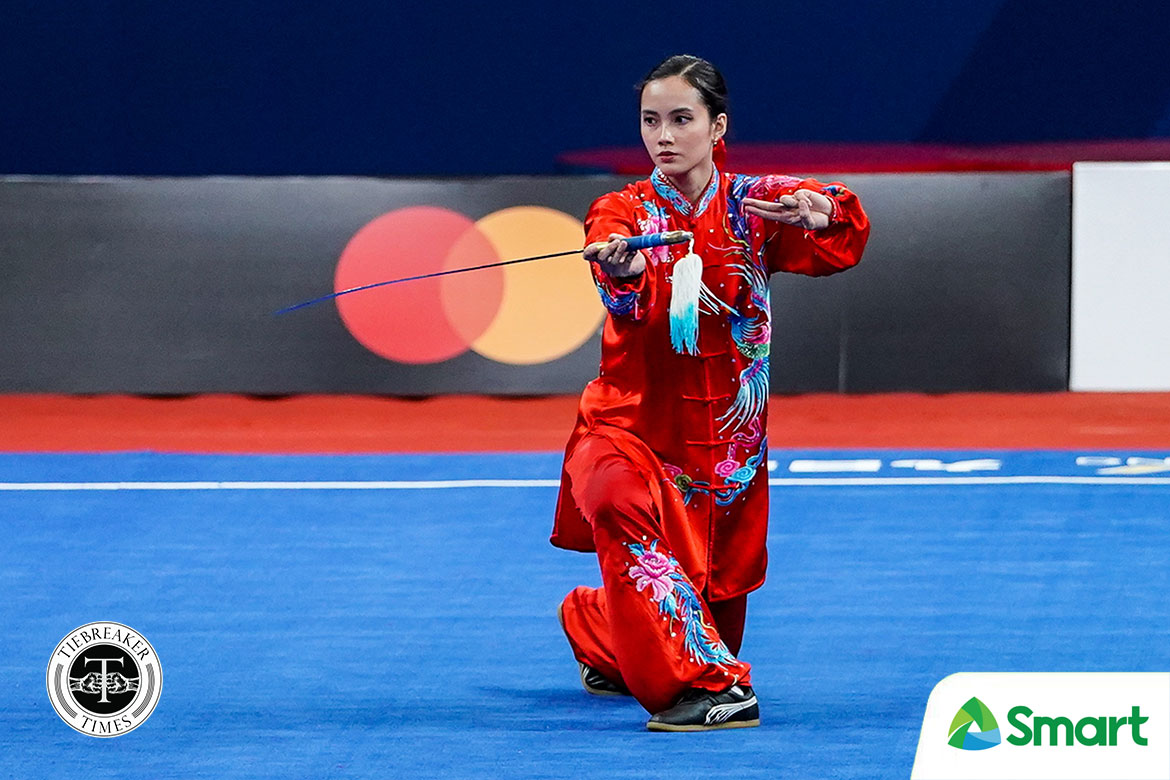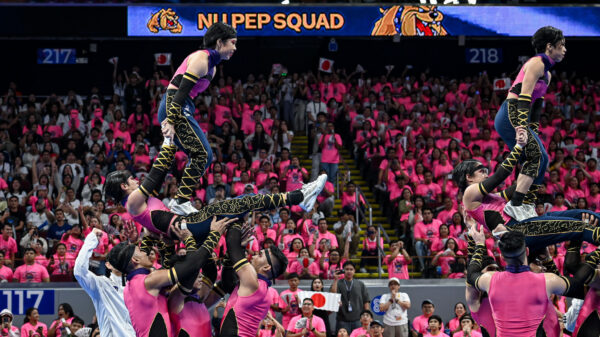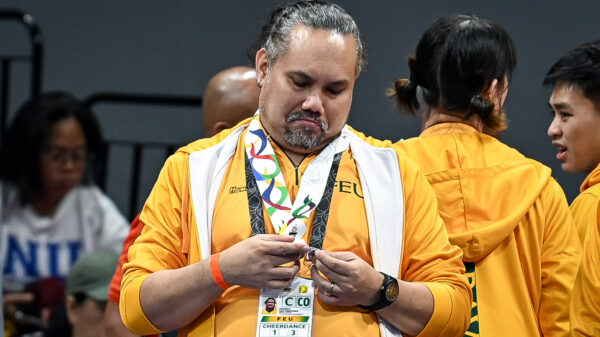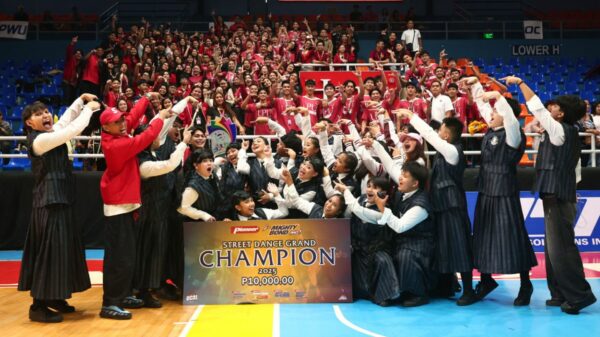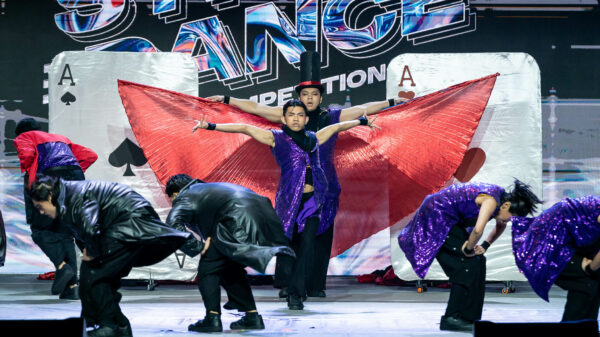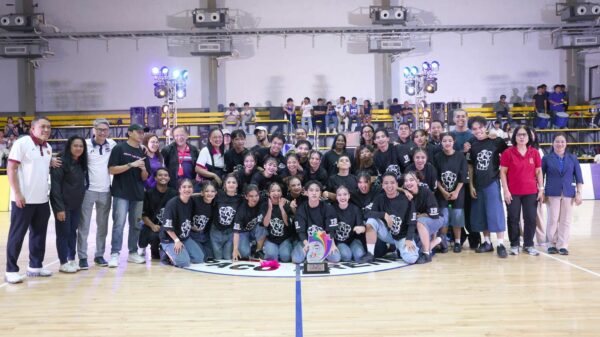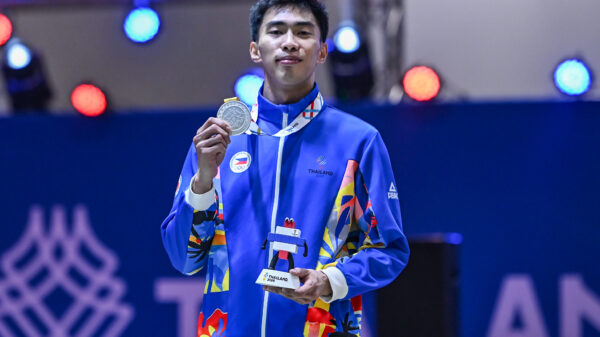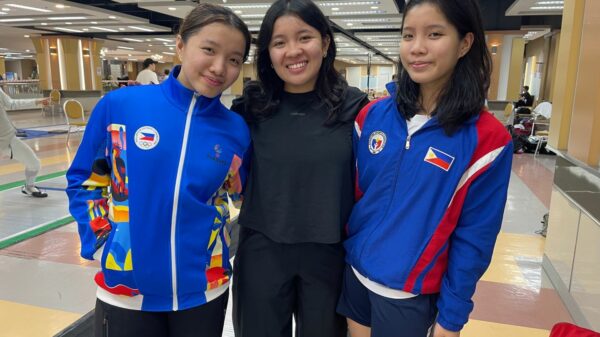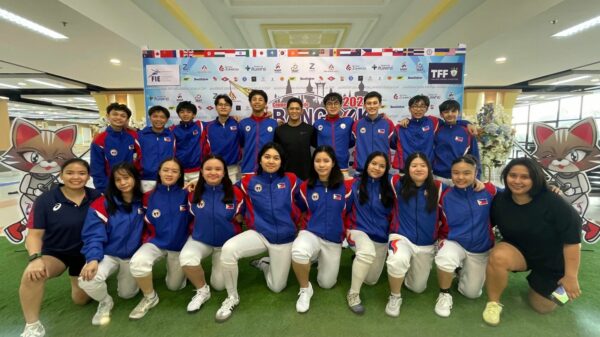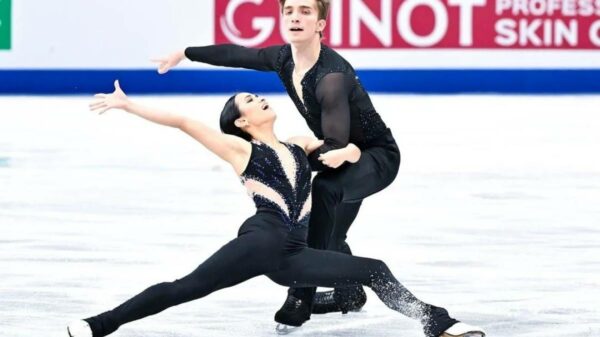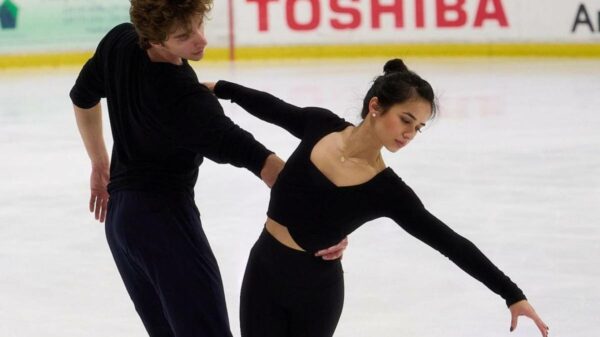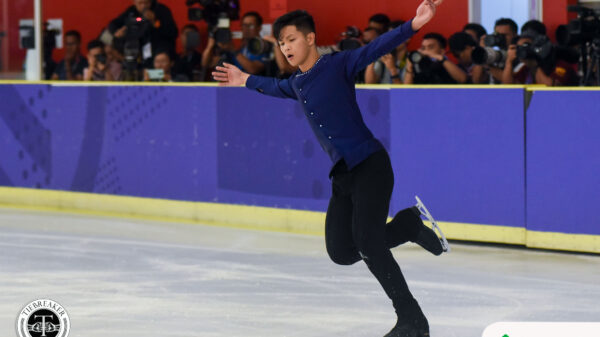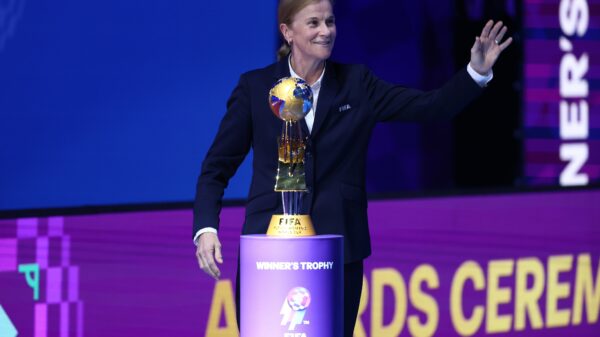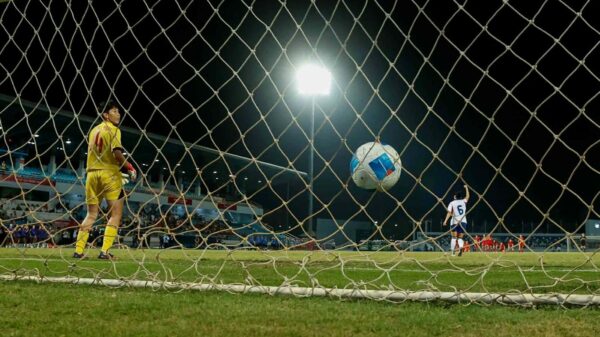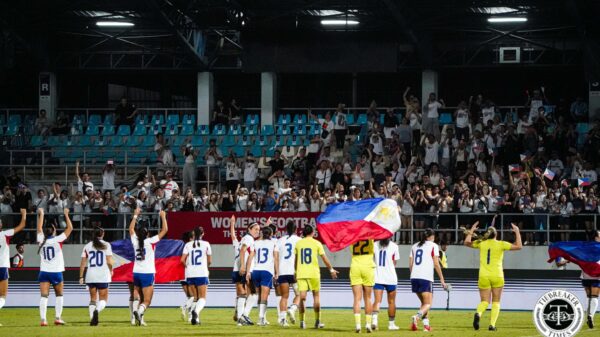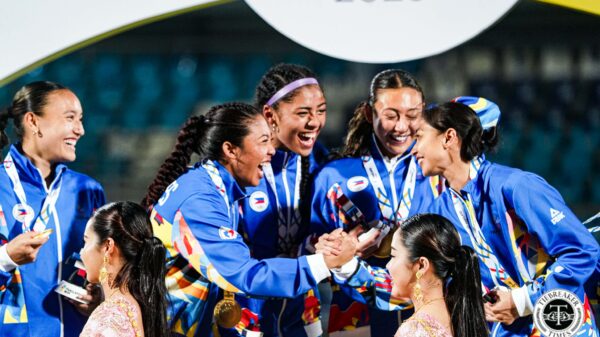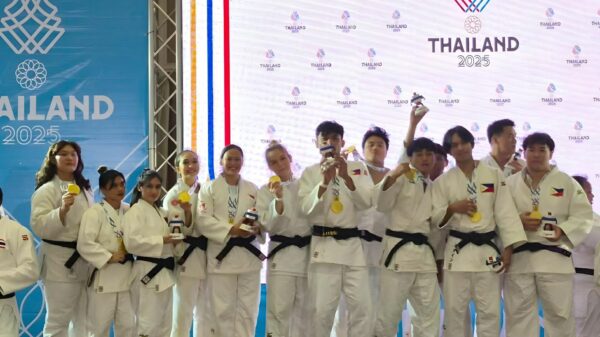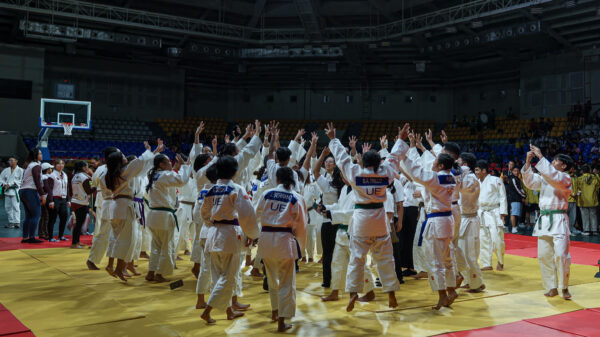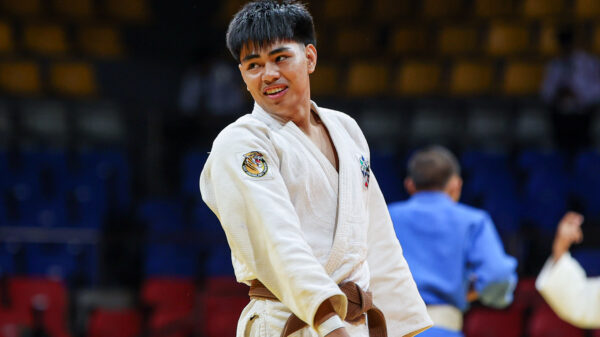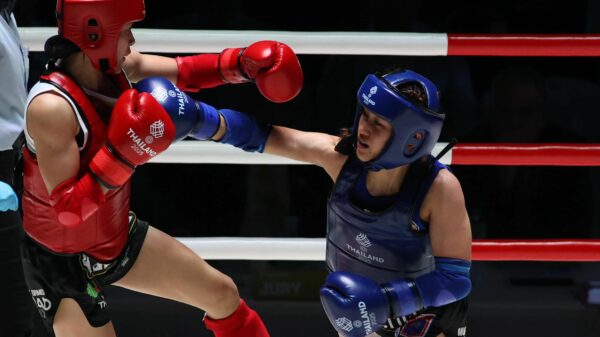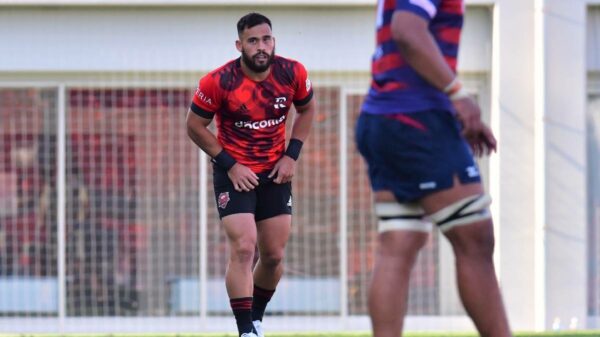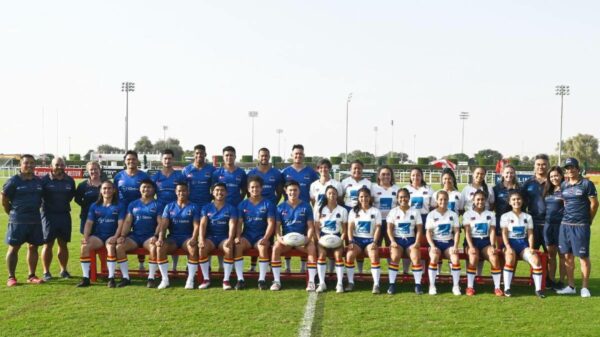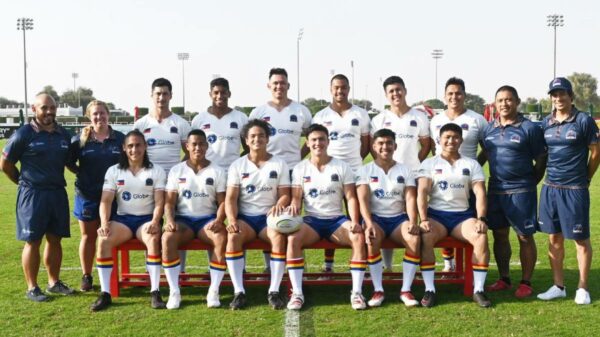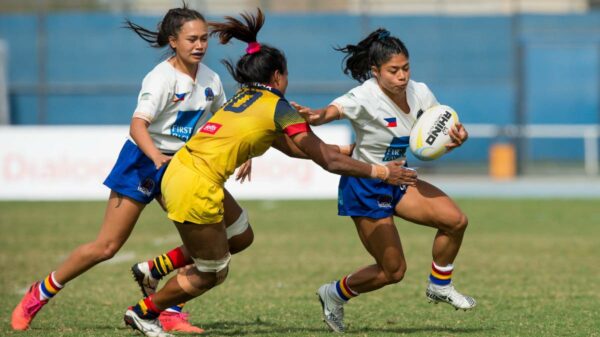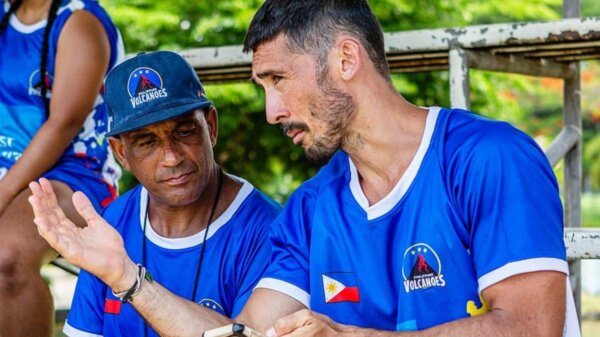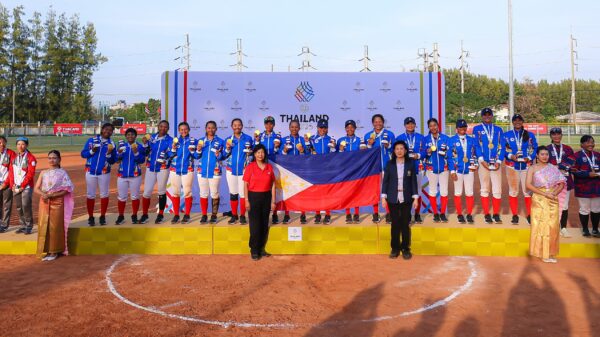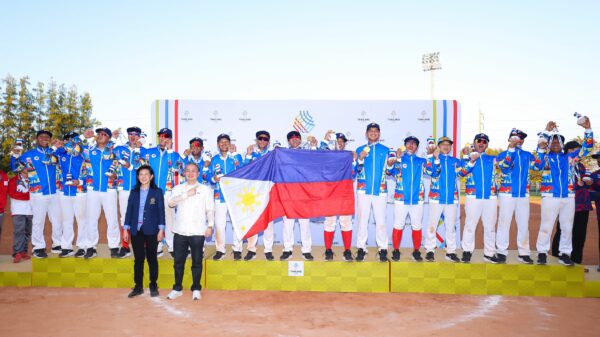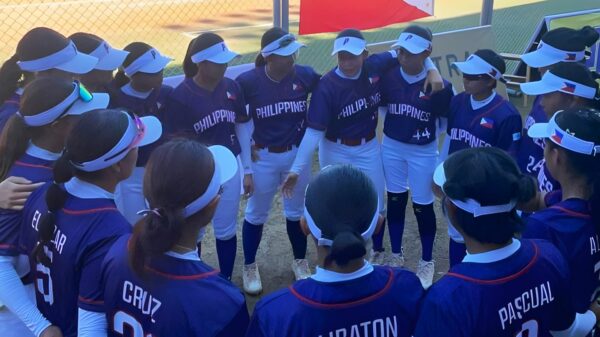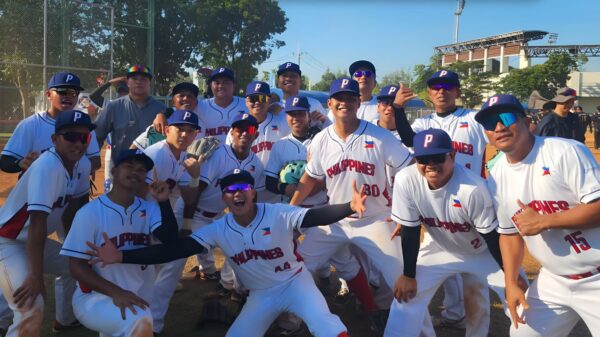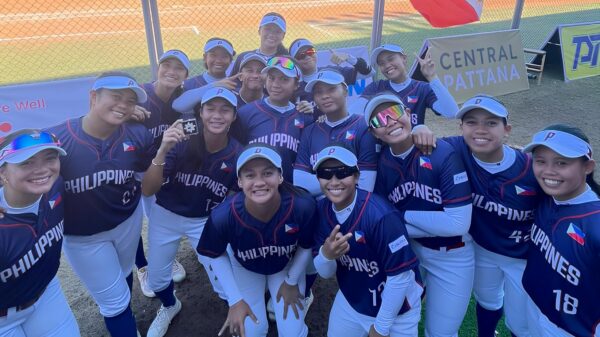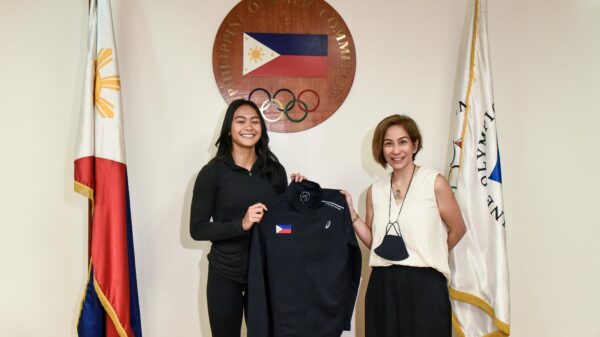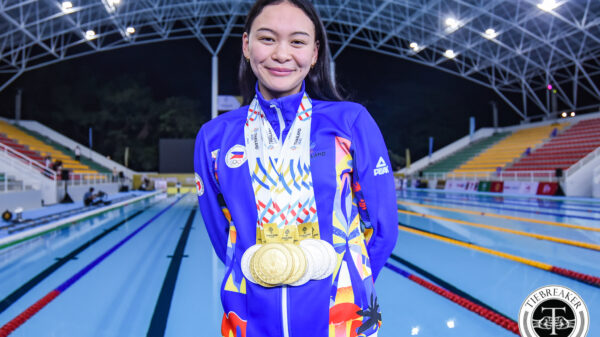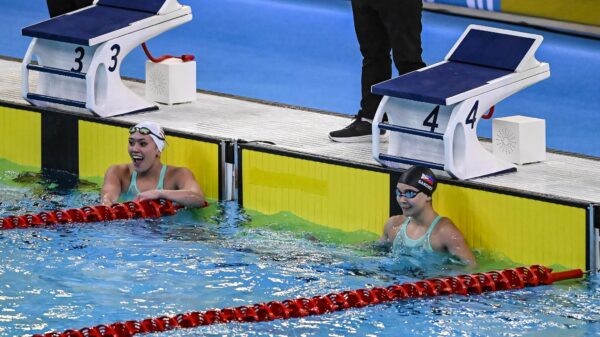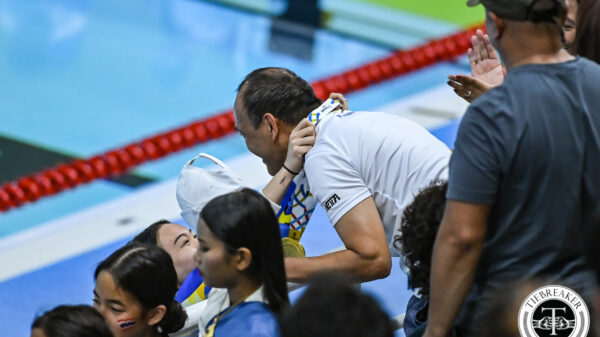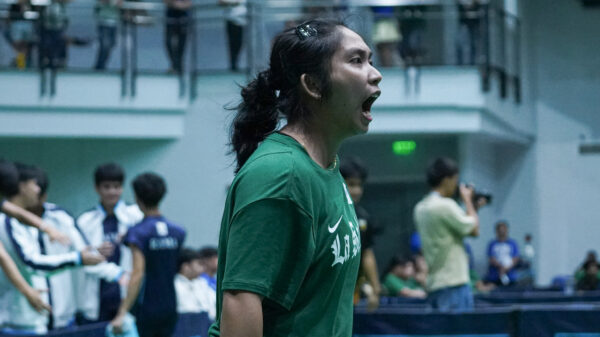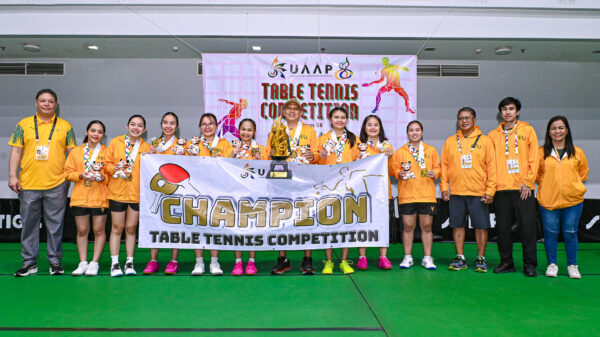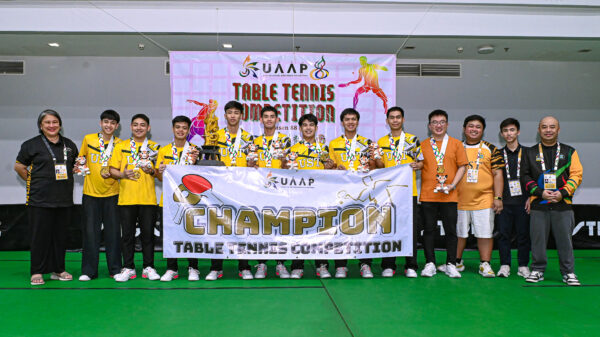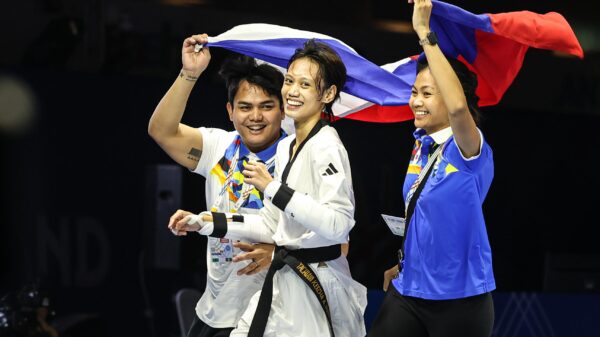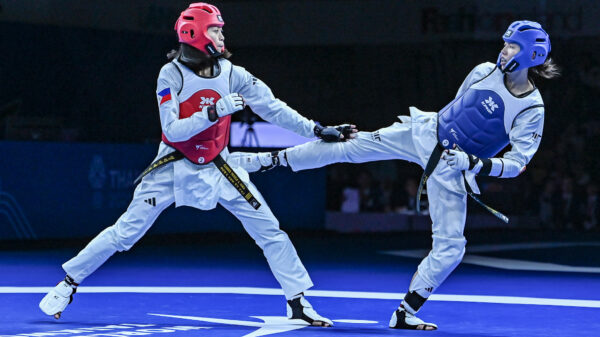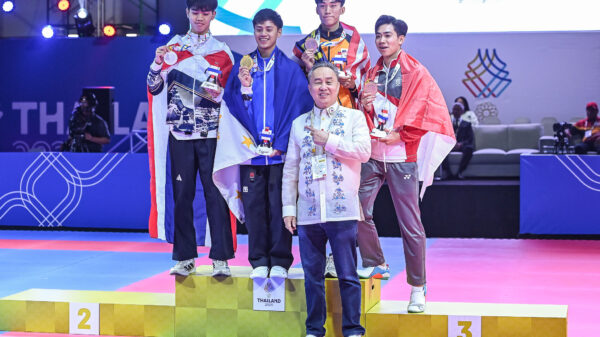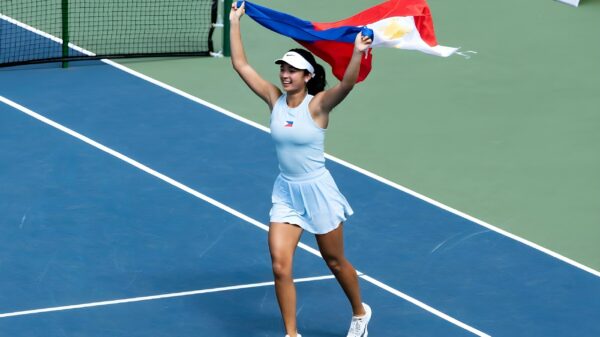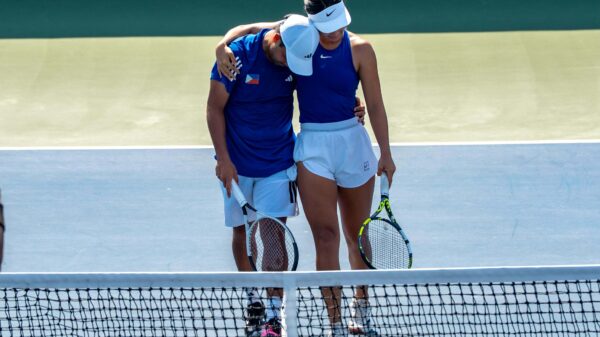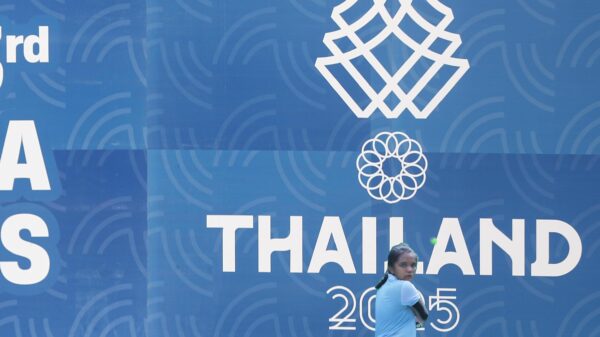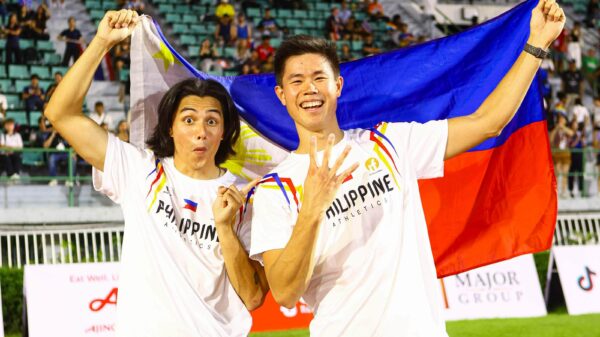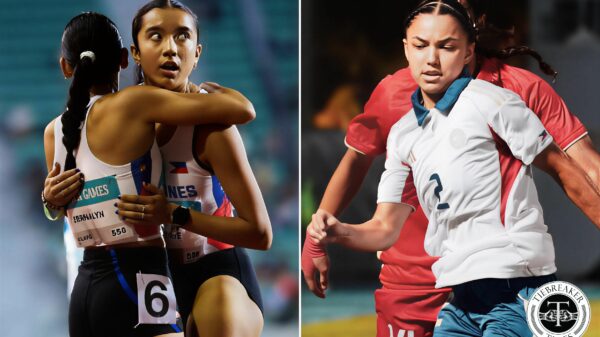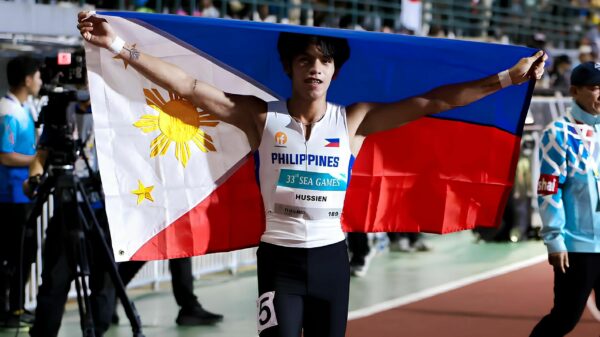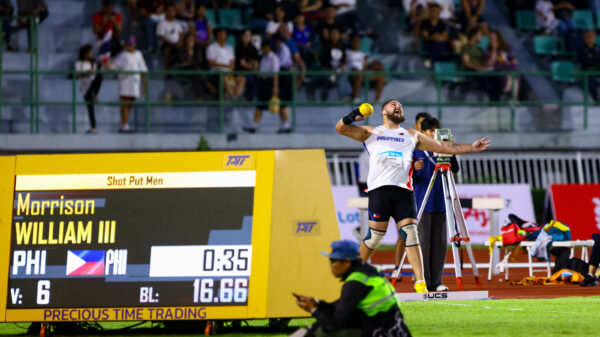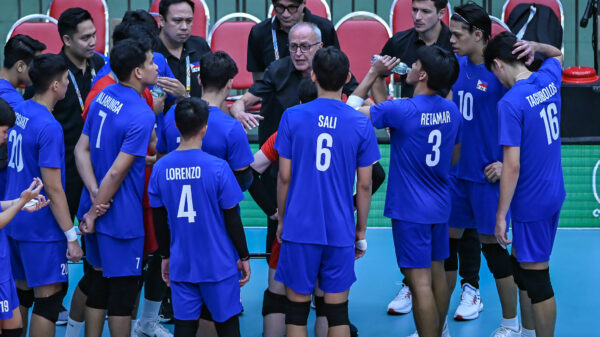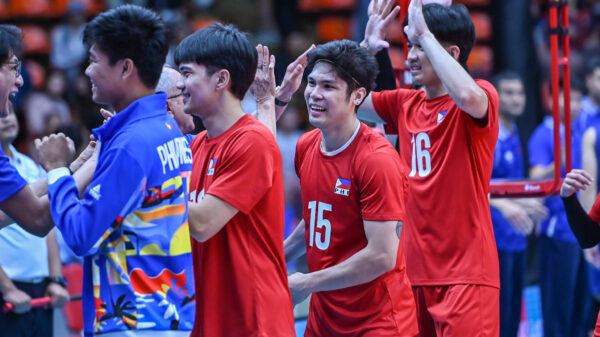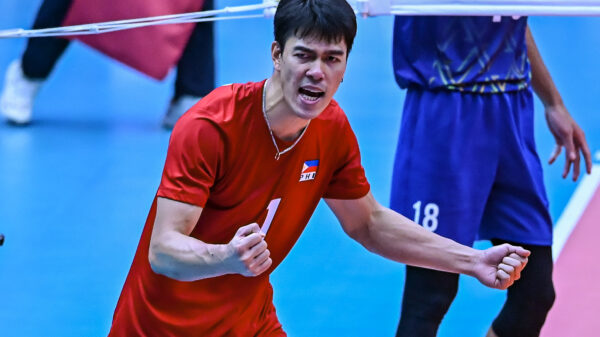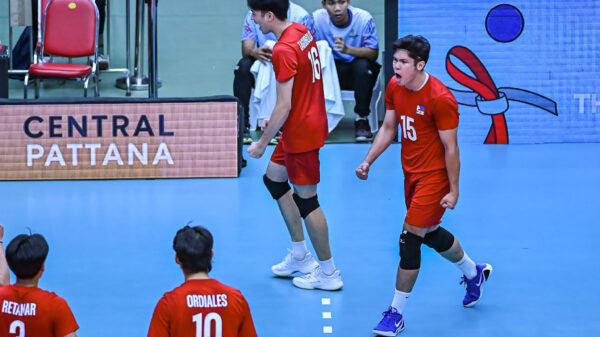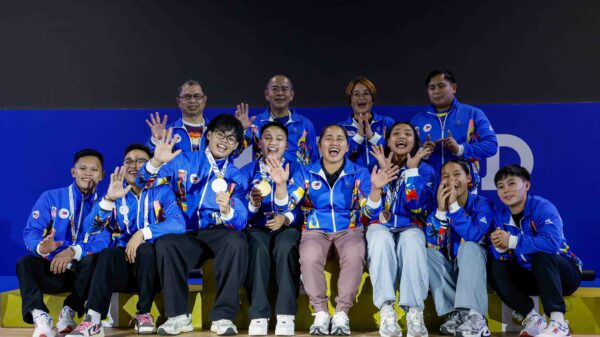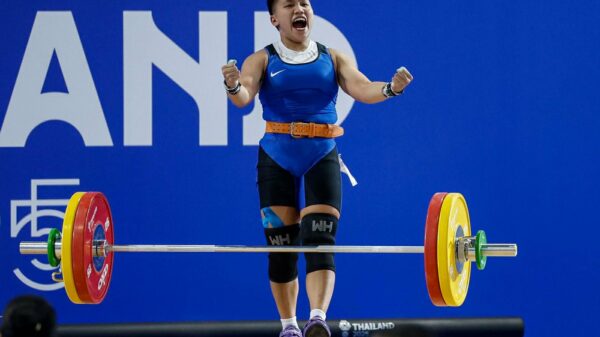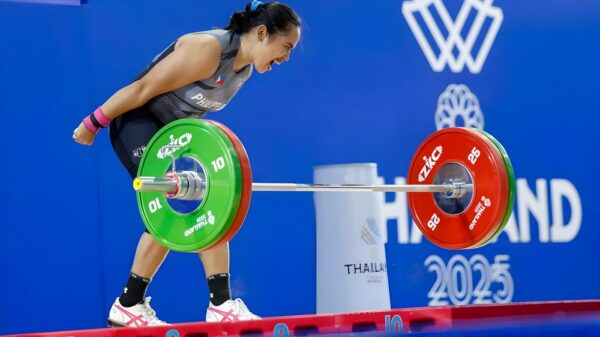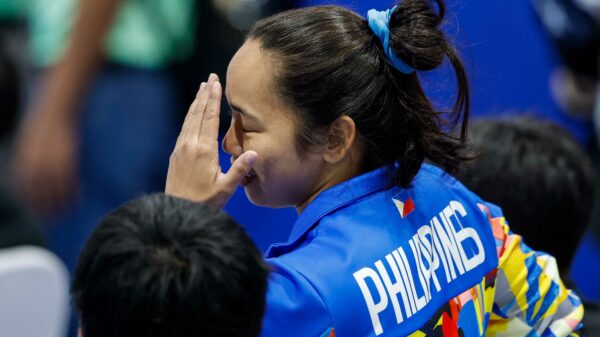Every 4 years the world stops in favor of the beautiful game. If you’re an avid follower of the men’s side, the World Cup is a time when football obsession rises to a collective frenzy before it sinks back to just normal levels of obsession, if there is such a thing. The Philippines isn’t exactly a footballing nation but even so, during World Cup time, the fever becomes infectious and undeniable here too. In contrast, if you’re a follower of the women’s game, the women’s edition of the World Cup means #woso gets its fair share of media attention for the 2 months competition lasts before interest slides back down and remains in the background until the next World Cup.
Highlights
Lest we forget, this edition of the Women’s World Cup showcased all the kinds of compelling stories sports has to offer: perennial contender Brazil, led by 5-time player of the year awardee Marta, was knocked out by Australia as early as the round of 16; on the Japanese bench, we saw a teddy bear appointed as symbolic proxy to their injured teammate Kozue Ando; on the German side, Celia Sasic featured in the first-ever missed penalty kick for either the men’s or women’s German squads. The miss came at a crucial moment and allowed eventual champions US to capitalize and move on to the final. France, meanwhile, arguably played the best, most modern and exciting brand of football, but even then fell short of making it to the final stages of the tournament. American Carli Lloyd’s brilliant 3 goals in 15 minutes in the Cup final can speak for itself.
This edition of the Women’s World Cup, in its many fine moments, proved that the beauty of the game is independent of the gender of its players. That the compelling stories on the pitch were able to shine through despite the current messy state of FIFA affairs—a disgraced president, a corruption scandal that spans continents and millions of dollars—is a testament to the quality of football that is being played on the women’s side.
The heartbreak that the sport can cause is gender-neutral as well: Who can forget English defender Laura Bassett’s last-minute own goal which sealed her team’s fate against Japan in the semis? Who didn’t sympathize?
According to FIFA, 53,531 of mostly US fans were in attendance at BC Place, Vancouver, Canada for the Cup Final, while even more Americans watched the Women’s World Cup from their homes, surpassing the ratings of the most recent NBA Championships.
In an analogy made by local sportswriter Levi Verora Jr., “[Imagine if] more Filipinos watched Perlas (the Philippine women’s national basketball team) than the PBA finals.” That’s the scale at which this edition of the Women’s World Cup was able to hold people’s attentions.
Low points
Despite the many gains for women’s football, the biggest set-back came even before the tournament was set to begin. FIFA allowed host country Canada to hold the entire tournament on artificial turf, an inferior surface to grass, and one that would never be considered for the men’s senior tournament.
There exists a gap between the men’s and women’s game and it can be highlighted most by the numbers: according to an article by Vice Sports, “The winning men’s team at the 2014 World Cup earned $35 million, paid to that country’s federation. Second place took home $25 million. Just for making it out of the group stage, each of those 16 teams got $8 million.” By comparison, “How much do the women earn? The total prize purse for this year’s tournament for everyone is $15 million—an increase from $10 million in 2011.” That’s just the prize money, but most players don’t earn salaries for playing women’s football at the highest level. Most players have to “really scrape by,” says Julie Foudy, a former player for the US Women’s National Team.
Changing the conversation
It’s important to talk about the Women’s World Cup here and now if only to recognize the forefronts of development. Where are we? How do we get to the next level?
In 2013, the Philippine Women’s National Football Team participated in the Asian Cup Qualifiers and lost by a single goal to Thailand. Thailand then went on to qualify for this year’s Women’s World Cup and became the first Southeast Asian women’s team to record a win at the World Cup-level when it won against Ivory Coast 3-2 in the group stage.
We need to talk about it because we need to recognize the global conversation taking place beyond just the Philippines. There’s a long way to go especially since women’s football in this country is fighting the battle for visibility on two fronts: one, is to garner mainstream recognition, and the other is to become a field worthy of regular media coverage.
The Azkals have won over the public and the media with their string of brilliant performances in recent years but are still a long way off from comfortably swimming in corporate sponsorships. The United Football League, meanwhile, has grown by leaps and bounds but attendance is sparse on most games of the season.
For women’s football, and women’s sports in the Philippines in general, perhaps with the exception of volleyball, the climb is several times steeper. So again, where are we and how do we get to the next level?
One thing’s for sure, taking steps towards development entails talking about women’s football, not just now, in the wake of the Women’s World Cup, but also in the future. We need to talk about women’s football more often and more regularly. By changing the narrative of women’s football here at home, we are taking a step closer to our World Cup dreams.
*Photo taken from FIFA Women’s World Cup Facebook page.












